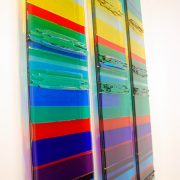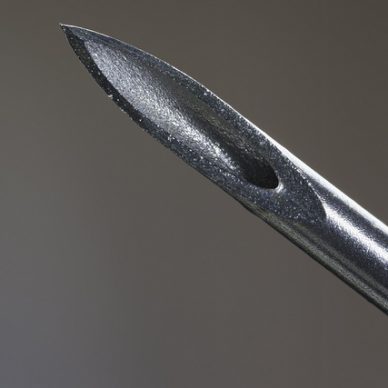What price glass?
The majority of new “signature” commercial construction projects make heavy use of architectural glass, but the demand for glass has outstripped supply, leading to steady price increases. About one-third of the float-glass plants in the United States closed during the economic downturn that began in the mid-2000’s. The loss of production capacity is contributing to delays and cost increases for architectural glass.
The result has been a consistent, annual increase in the price of glass by about 6%-8%. Suppliers are also looking for alternative sources for exterior glass, including imports from other parts of the world. Glass has traditionally been produced locally because it is heavy and expensive to transport. Shipping glass in from distant producers both increases the cost and causes delays.
Some glass manufacturers are looking to acquire additional glassmaking plants, both shuttered and in active production to address the issue of product availability. In the meantime, construction managers are advised to plan ahead for their glass needs and to place orders for glass well in advance of their installation schedules.
Glass is particularly attractive as a construction material because it can be fabricated off-site and shipped to the building under construction. In addition, it’s inexpensive, compared to other traditional façade materials like brick or granite. Glass buildings also permit more interior floor space than buildings that are designed to use traditional building materials.
Glassprimer™ glass paint is a specialized glass coating that bonds permanently to glass surfaces. GlassPrimer also makes a glass surface molecular activator that is designed to work with UV-inkjet glass printing processes. For more information about Glassprimer™ glass paint, please visit the rest of our site. If you’d like to purchase Glassprimer™ glass paint, please visit our online store .
Photo Credit: ML Duong , via Flickr.com







